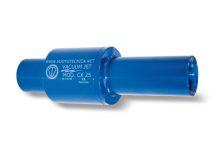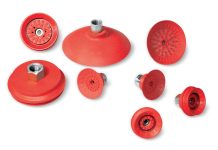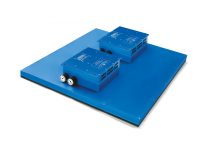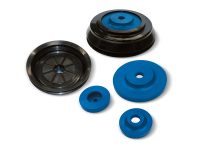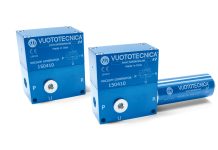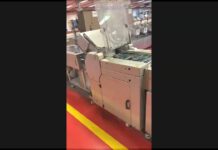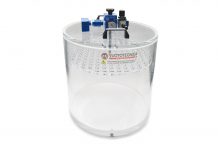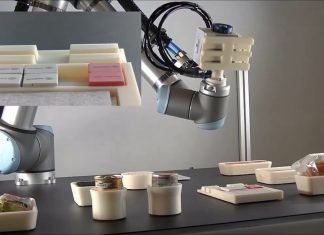In Bergen, a Norwegian city with a medieval heart, waste management goes underground. Beneath the streets and wooden houses of the historic center runs a network of pneumatic tubes that suck in trash.
This is not science fiction, but the result of a project that revolutionized the way we think about recycling in urban areas. There are no bins to be seen and no noise from garbage trucks: instead, smart doors open only when full and send their contents to a centralized collection center using vacuum technology.
The result? Less traffic, less pollution, fewer insects and rats, fewer fires, and no unpleasant odors. The system also reduces the number of collection vehicle trips, cutting costs and emissions.
Despite the technical challenges of installing such infrastructure under historic streets, Bergen decided to invest over €100 million to move forward with the project.
The use of ID badges for each citizen made it possible to introduce a pay-as-you-throw system: those who sort their waste do not pay; those who throw too much into the unsorted bin pay a small fee each time.
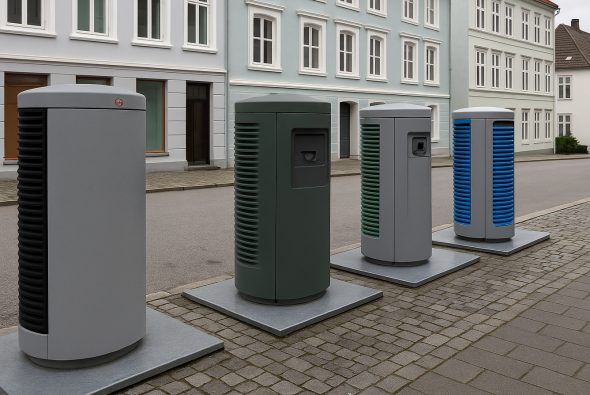
And Bergen is not alone: over 200 cities around the world are experimenting with similar systems. In most cases, however, empty containers are only used in new contexts, such as newly built neighborhoods or areas planned from scratch. Few, like Bergen, dared to tackle the technical and urban planning complexities of a historic city center.
It is a bold move that shows how vacuum is not only a functional solution, but also a powerful ally in the ecological transition. In all contexts where it was adopted, it proved to be a tool for environmental awareness: the invisible heart of smarter, tidier, and more livable cities.
















